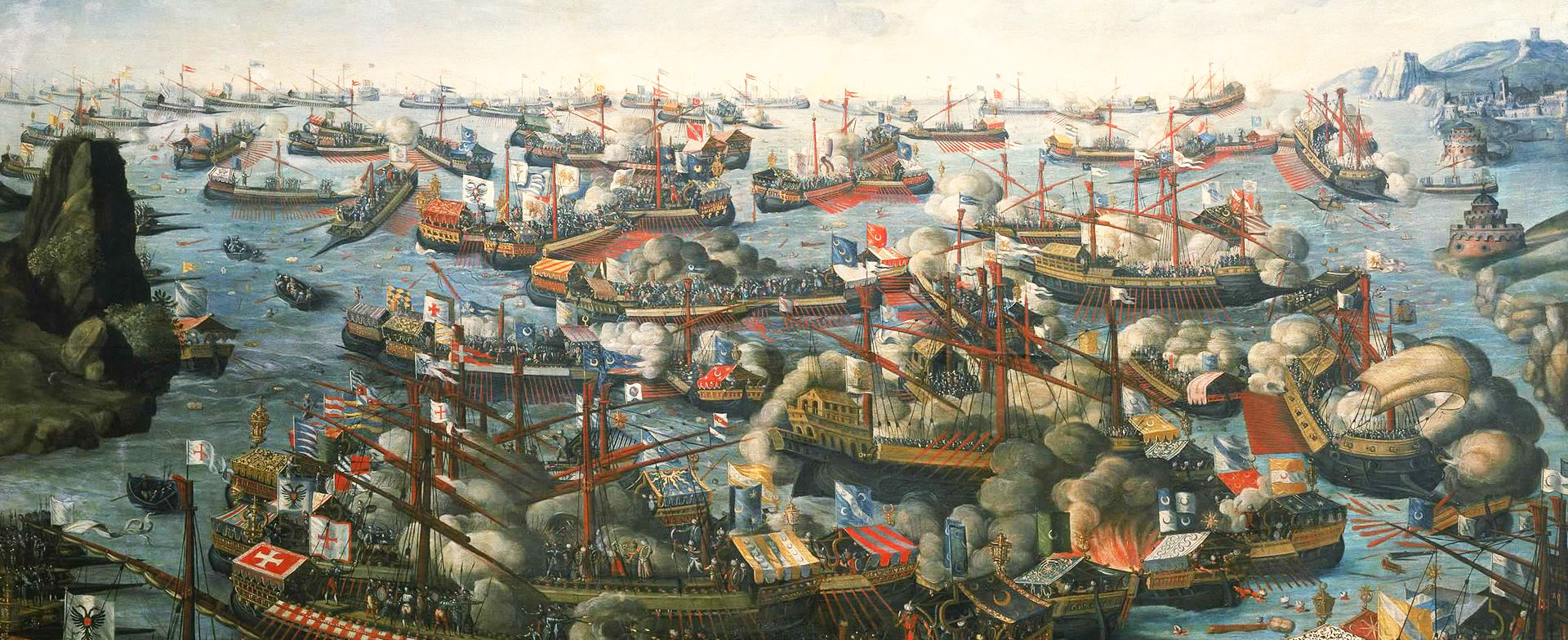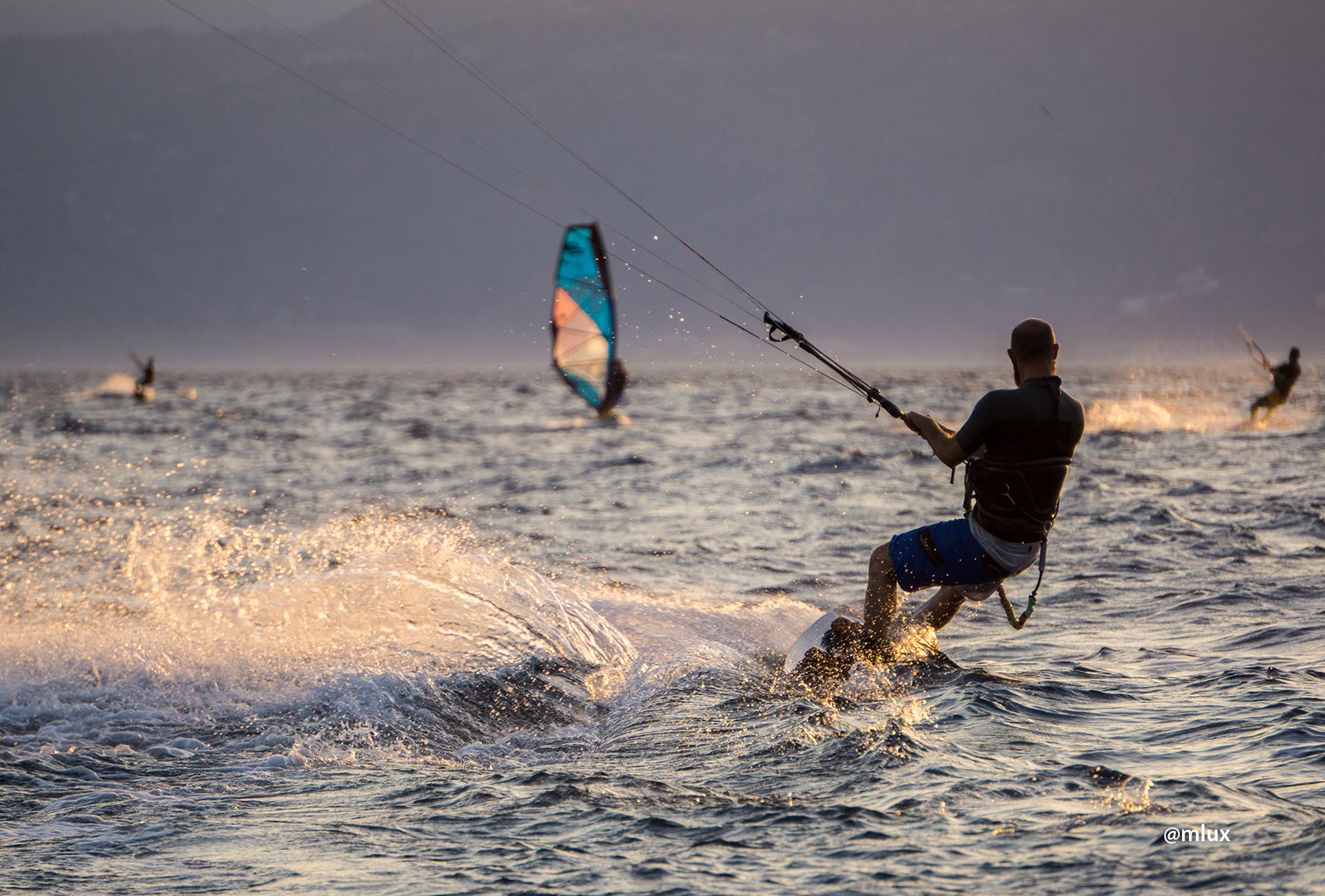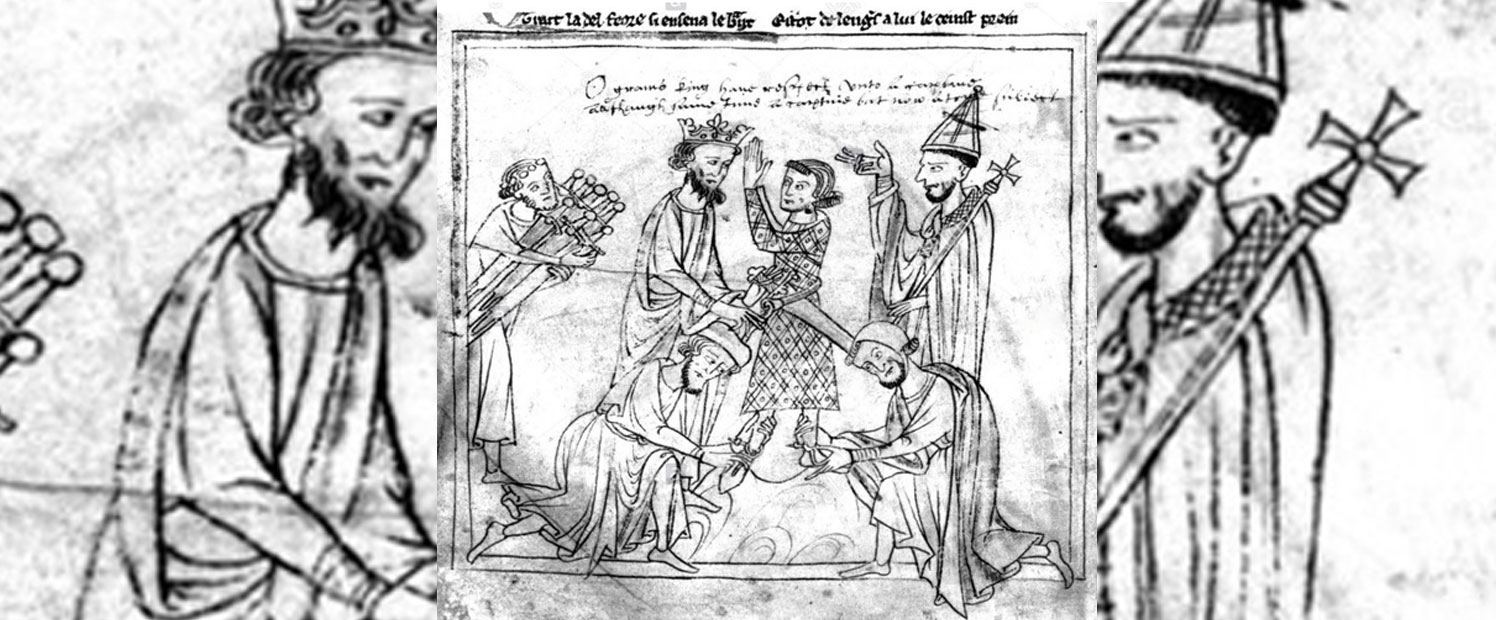On the dawn of September 16th, 1571, when the Calabrian fleet that will join the entire Christian fleet, just left from Messina, gathered under the aegis of the Pope Pius V, waited at the bottom in the waters between Pellaro and Bocale, the outskirts of the current municipality of Reggio Calabria..
“It must be taken into account,” reports the historian De Lorenzo, “that it was just enough to contain them (the ships), that curve of the sea!”
They all were waiting for the signal to leave for Lepanto.
That signal came from the explorer Cecco Pisano from Belvedere, the trusted pilot of Don Giovanni of Austria, commander-in-chief of the “Holy League”, sent ahead to mark the route along the lower Ionian Sea and to calculate the enemy forces attested on the Gulf of Patras.
Cecco is one of the many Calabrian protagonists who will fight in what has gone down in history as the clash between civilizations par excellence: the battle of Lepanto.
The 16th century was a century of hatred, religious and economic wars, and the first colonial conquests of robbery; for years, the three superpowers of the modern era, Spain, Venice, and the Turkish Empire, had conducted diplomatic and commercial negotiations to divide the entire Mediterranean, but at the height of the tension was the military battle that we have recounted.
The investment to prepare for the clash was colossal, as more than five hundred ships and one hundred thousand armed men, not counting the tens of thousands of rowers, were ready at the dawn of early October to battle against the city of Lepanto, the Gulf of Corinth, which today is Greece and was then in possession of the Turks.
Over three thousand Calabrians took part in the army that was faithful to the values of Christianity: among them the three galleys under the orders of Prince Gaspare Toraldo da Tropea, which was capable of recruiting over a thousand soldiers; the galleys of Caulonia and Bovalino, armed respectively by the feudal lords Castelvetere and Marullo; and the galley of Reggio organised by Gian Paolo Francopetra, strong with its thirty-two cannons.

The myth of the Calabrian admiral was born.
However, the Calabrian protagonist was on the other side.
It was a renegade Christian from Le Castella, province of Crotone, the commander Uluç Ali, Latinised as Uccialì, known as Gian Dionigi Galeni, a young man kidnapped by the Turks and then converted to Islam.
His shining moment in the military took place in Lepanto, where he distinguished himself once again for his acumen and dexterity.
On the day of the terrible defeat of the Ottoman fleet, Uccialì fought bravely and managed to save the formation of galleys under his command, obtaining from the Sultan Selim II the task of rebuilding the rest of the destroyed fleet and finally receiving the title of the Admiral as the head of the Ottoman fleet. From here, a series of successes came one after another, which led him to become first admiral, and then governor of Algiers, Tripoli, and Tunis. Finally, he became the commander of the Ottoman fleet. He never forgot his land, so much so that he founded a village to which he gave the name of “New Calabria”, which he left in parts to his servants upon his death.



